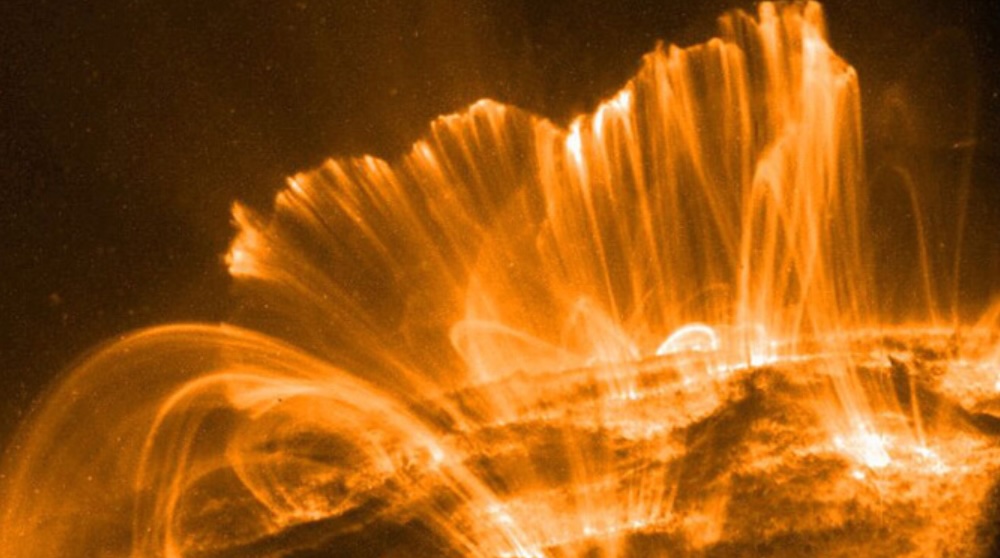Decoding the Sun’s Secrets With the Help of Pelican
By: Kallen Wank
December 20, 2024

University of Hawaii-Moana utilizes OSDF and Pelican to help decode Sun’s secrets
Astronomers and computer scientists at the University of Hawaiʻi, Moana are unlocking the Sun’s magnetic mysteries with the help of cutting-edge data caching and transfer applications provided by the Pelican Project and the Open Science Data Federation (OSDF). The Pelican Project aims “to make data distribution easy” by providing a platform that makes deploying and accessing data simpler for clients. The OSDF, backed by Pelican, is an OSG service that hosts data origins and caches, facilitating distribution to make harnessing cashes simpler. This collaboration with the Center for High Throughput Computing’s (CHTC) Pelican Project empowers researchers at the Institute for Astronomy (IfA) to quickly access and analyze massive datasets from the Daniel K. Inouye Solar Telescope, the world’s most advanced solar observatory.
Using Pelican’s to retrieve data, the team developed deep learning models to process tens of terabytes of solar observation data in an extremely short amount of time. These models significantly speed up computations which enables scientists to visualize the Sun’s atmosphere with speed and accuracy. “Machine learning is very good at providing fast approximations to expensive computations. In this case, the model will enable astronomers to visualize the Sun’s atmosphere in real time, rather than waiting hours to achieve the same accuracy,” said Peter Sadowski, an professor at the UH Moana information and computer sciences department.
The SPIn4D project, supported by funding from the National Science Foundation, utilizes these tools to simulate and analyze the Sun’s magnetic field and atmosphere, allowing researchers to focus on solar storms that can disrupt satellites and power grids. The project has already shared data and trained AI models as tools which emphasizes the collaborative power of modern astronomy.
By leveraging Pelican, UH researchers are not only advancing solar science but also demonstrating how advancing use and distribution of large data sets can revolutionize real-time data-intensive studies. This partnership shows how computational innovation bridges the gap between observation and discovery.
Read more on the project, here.